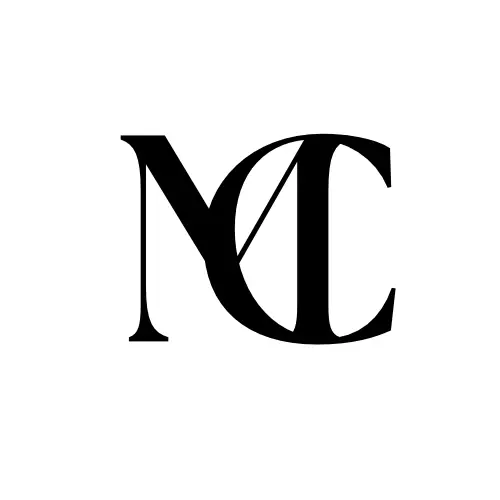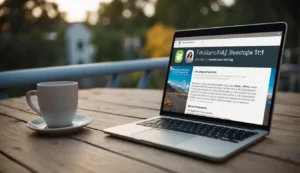Diving into the subtleties of email manners for students has helped me grasp its vital importance in promoting polite and transparent online dialogues. Enhancing your email abilities is more than just selecting a suitable greeting or sign-off; it requires conveying your message in a clear and appropriate tone, especially when interacting with instructors and experts.
This concise guide focuses on crafting effective emails, emphasizing the importance of context, the relationship with the recipient, and adherence to email writing norms. In our digital academic interactions, these nuances can significantly influence outcomes, helping to avoid misunderstandings and foster positive connections.
Key Takeaways
- Effective email etiquette enhances clear and professional communication.
- A friendly tone in emails reflects respect and aids in maintaining cordial relations.
- Mastering best practices for email writing is vital for success in the digital age.
Understanding Email Etiquette

Email etiquette is key in maintaining a professional tone and ensuring the clarity of our messages. As students, honing this communication skill is crucial for successful interactions with professors, peers, and future employers.
Basics of Professional Communication
In the realm of professional emails, I always ensure that my messages are clear and concise. This includes using an appropriate subject line and addressing the recipient properly. I focus on presenting my message in a structured way, with a clear introduction, body, and closing. Using proper punctuation and checking for typos are small but vital aspects of professional communication.
The Importance of Tone in Emails
When I write emails, I am mindful of the tone. A professional tone should be polite and respectful but also warm and sincere. To reflect this, I choose words that convey my message without sounding curt or overly casual. I also consider how my words might be interpreted without the nonverbal cues present in face-to-face conversations.
Formal vs Informal Language
I discern between formal and informal language based on my relationship with the recipient and the context of the message. Formal language helps reinforce a respectful and professional image for correspondence with faculty or potential employers. This means avoiding slang and using complete sentences. In contrast, informal language may be acceptable when conversing with classmates or group project members, assuming a familiar rapport has been established. However, even in informal exchanges, maintaining clarity and professionalism is essential.
Crafting Your Email
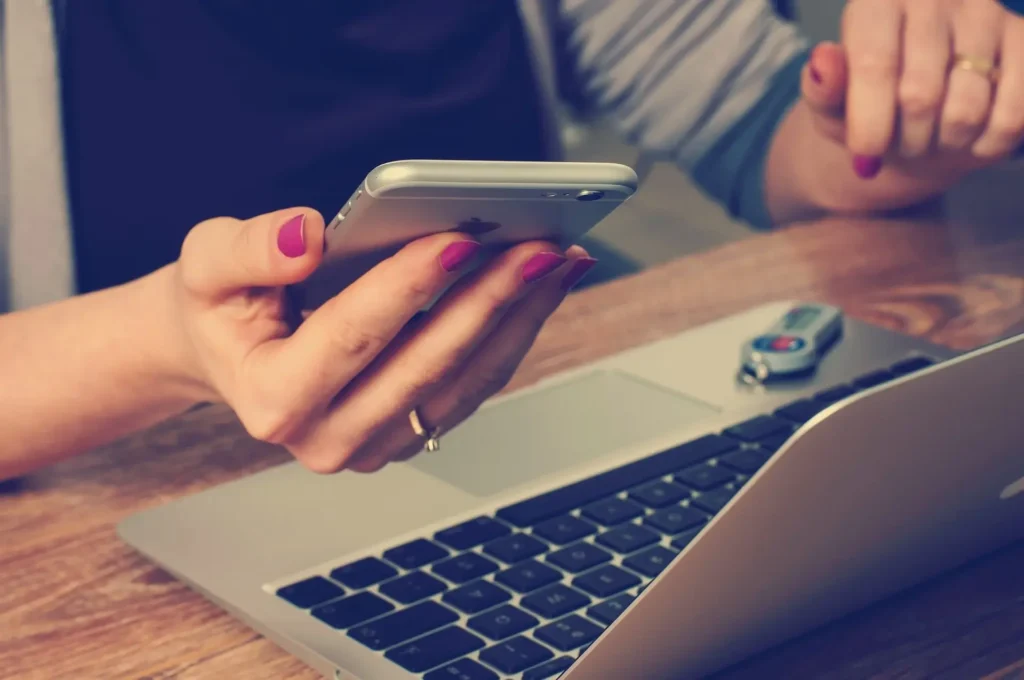
When composing emails, I focus on clarity, brevity, and formality to ensure my message is well-received and understood.
Subject Line Significance
The subject line is the first impression I make on the email recipient. I ensure it’s specific and precise, summarizing the email’s purpose. For example, “Request for Extension on History Paper Due March 1st” directly indicates the topic of my email.
Proper Salutations and Greetings
I begin my emails with a formal salutation such as “Dear Professor Smith,” followed by a brief greeting. This sets a respectful tone and acknowledges the reader personally.
Email Structure and Content
I adhere to short paragraphs and concise language in the body for easy readability. My approach includes:
- An opening sentence that states my email’s intent.
- A middle section with my points in bullet form, when applicable.
- A closing line that summarizes my request or the email’s purpose.
Closing Statements and Signatures
My emails conclude with a polite closing statement, like “Thank you for your time,” followed by my signature. It includes my full name, university, and student ID for specific identification.
Maintaining Professionalism

When composing emails as a student, the goal is to convey messages clearly and professionally. It’s essential to pay attention to language, detail, and attachments, as these elements can significantly impact the recipient’s perception of my competence and seriousness.
Appropriate Language and Grammar
I always ensure my emails are written with proper grammar and spelling. Correct punctuation and sentence structure is crucial because it reflects on my professionalism and ensures my message is understood. Terms and phrases must be:
- Formal and polite
- Free of slang and casual language
For example, instead of starting an email with “Hey,” I use “Dear Professor Smith,” to maintain a professional tone.
Attention to Detail
Careful attention to detail shows I respect the recipient’s time and am serious about the correspondence. This includes:
- Double-checking the recipient’s name and email address
- Reviewing all content for spelling errors
- Verifying factual information is accurate
- Proofreading to ensure clarity and conciseness
Meticulous review before sending prevents misunderstandings and the need for follow-up emails to correct mistakes.
Email Attachments and Their Proper Use
The proper use of email attachments is an important part of maintaining professionalism. I take the following steps with attachments:
- Clearly label each file with a relevant name
- Mention the attachments within the body of the email
- Ensure that all attached documents are free from viruses and open correctly
Attachments should be in a common format such as PDF or DOCX to ensure the recipient can easily access them.
Best Practices for Email Correspondence
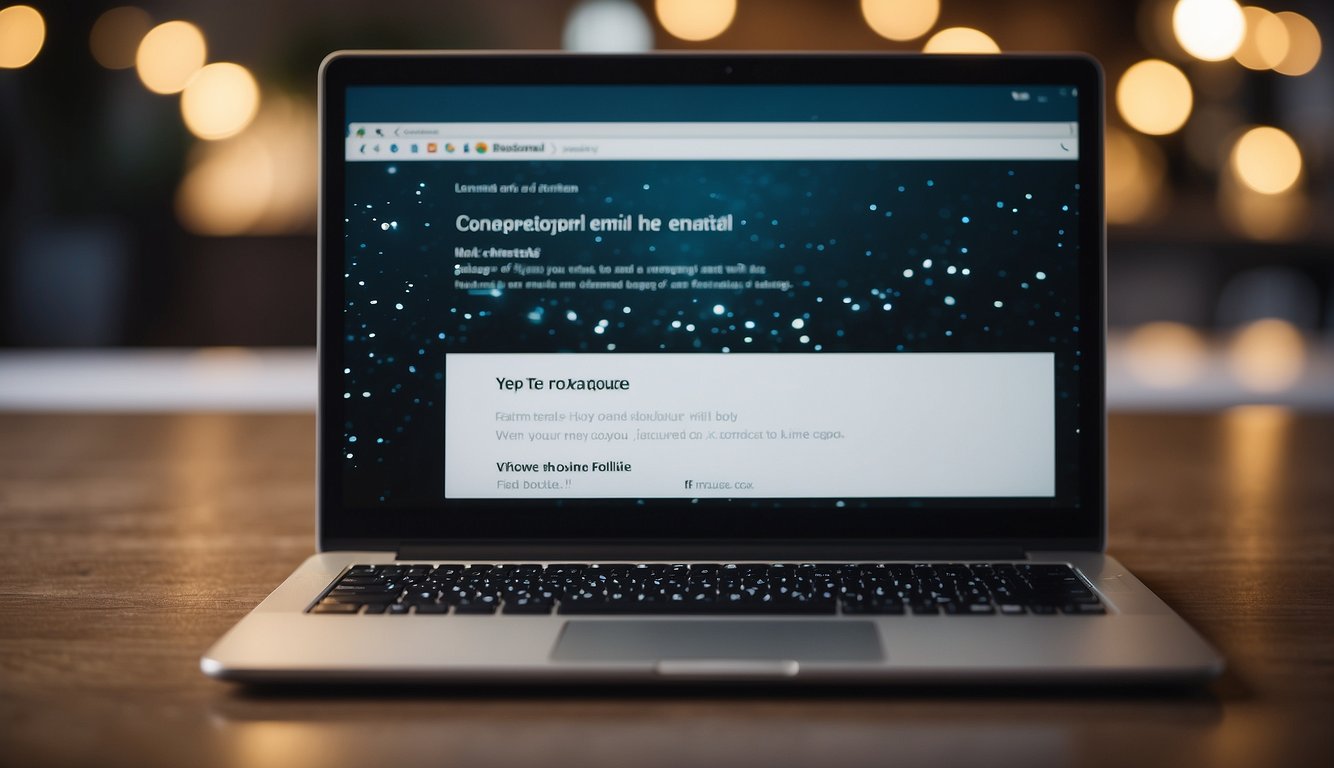
When I approach email correspondence, particularly in an academic setting, I always maintain a respectful tone and clear communication. These practices are crucial for effective responses and building positive relationships with my teachers and peers.
Frequency and Timing of Responses
I understand that my teachers have designated office hours, so I aim to send emails during weekdays and expect a response within a reasonable timeframe. If I require a prompt reply, I mention the urgency politely while being mindful of their schedules.
Asking for Help or Feedback
When I seek assistance or feedback, I make sure my emails are concise and to the point. I provide context to my questions and attach relevant work if necessary, as this demonstrates my respect for the recipient’s time and enhances my communication skills.
Building Positive Relationships
Emails are a fantastic tool for fostering positive relationships. I often start my emails with a friendly greeting and express gratitude at the end. Such gestures contribute significantly to a positive rapport with my teachers and assist in smooth and respectful communication.
Avoiding Common Mistakes

In my experience, some key elements often overlooked by students in email communication include the appropriate use of language and formatting. I can convey my message more effectively and professionally by paying attention to these details.
Overuse of Emojis and Slang
The excessive use of emojis and internet slang can make an email appear informal and unprofessional. I ensure my emails maintain a professional tone by limiting the use of emojis to situations where they are clearly appropriate and avoiding slang altogether. Instead, I opt for a clear and concise language that respects the recipient’s time and reflects my intention to communicate effectively.
Dealing with Emotional Content
When I’m feeling strong emotions, I avoid writing emails immediately. Instead, I take a moment to cool down. Writing in an emotional state can lead to misunderstandings or unintended tones. I’ve learned it’s best to write emails with a clear mind, ensuring my words convey respect and a level-headed perspective. This way, I can express my concerns without letting emotions dictate the tone of my email.
Formatting and Font Choices
To keep my emails reader-friendly, I use standard fonts like Arial or Times New Roman and a font size of 10 or 12 points to avoid distracting fonts. For formatting, a simple structure with proper paragraph breaks and bullet points for lists helps in highlighting important information without overwhelming the reader. I avoid using unnecessary bold or italics, except to emphasize key points, making my emails easy on the eyes and more accessible.
Email Etiquette in Different Contexts

Email communication varies widely depending on who I’m speaking to and my environment. It’s crucial to adapt my tone, formality, and structure to fit each unique setting, whether it’s academic or professional.
Communicating with Professors
When I email my professors, I ensure to use a formal tone. I start with a proper salutation like “Dear Professor [Last Name],” and conclude with “Sincerely,” or “Best regards,” followed by my full name. I make it a point to state my class and section if relevant, and I am clear and concise about my query or request. The aim is to demonstrate respect and professionalism. For instance, if I’m emailing about a missed assignment, I’d outline the course name and section, explain my situation briefly, and ask for guidance on how to proceed.
High School vs College
The expectations for email communication in high school can be somewhat relaxed; however, as I transition to college, the standards become more akin to the professional world. In college, I have found that I need to be more self-sufficient and take full responsibility for my communications. I follow the academic guidelines provided by my institution, which often include using my university email account and adhering to a more formal email structure.
Email Etiquette in the Workplace
Email becomes an extension of my professional presence when I’m in a workplace setting. I am aware that my emails can be shared and scrutinized by others, so I keep a professional and polite tone at all times. Email etiquette at work involves being timely in my responses, keeping my messages free of jargon and slang, being mindful of ‘Reply All’, and including a clear and informative subject line. When students communicating with professors venture into the professional realm, this experience provides a solid foundation for workplace correspondence.
My experience has taught me that an appropriate email for a professor would likely be overly formal for high school and potentially underwhelming in the workplace, where brevity is often valued. Each context demands its own set of rules, and it’s my job to know and apply them effectively.
Mastering Email Etiquette
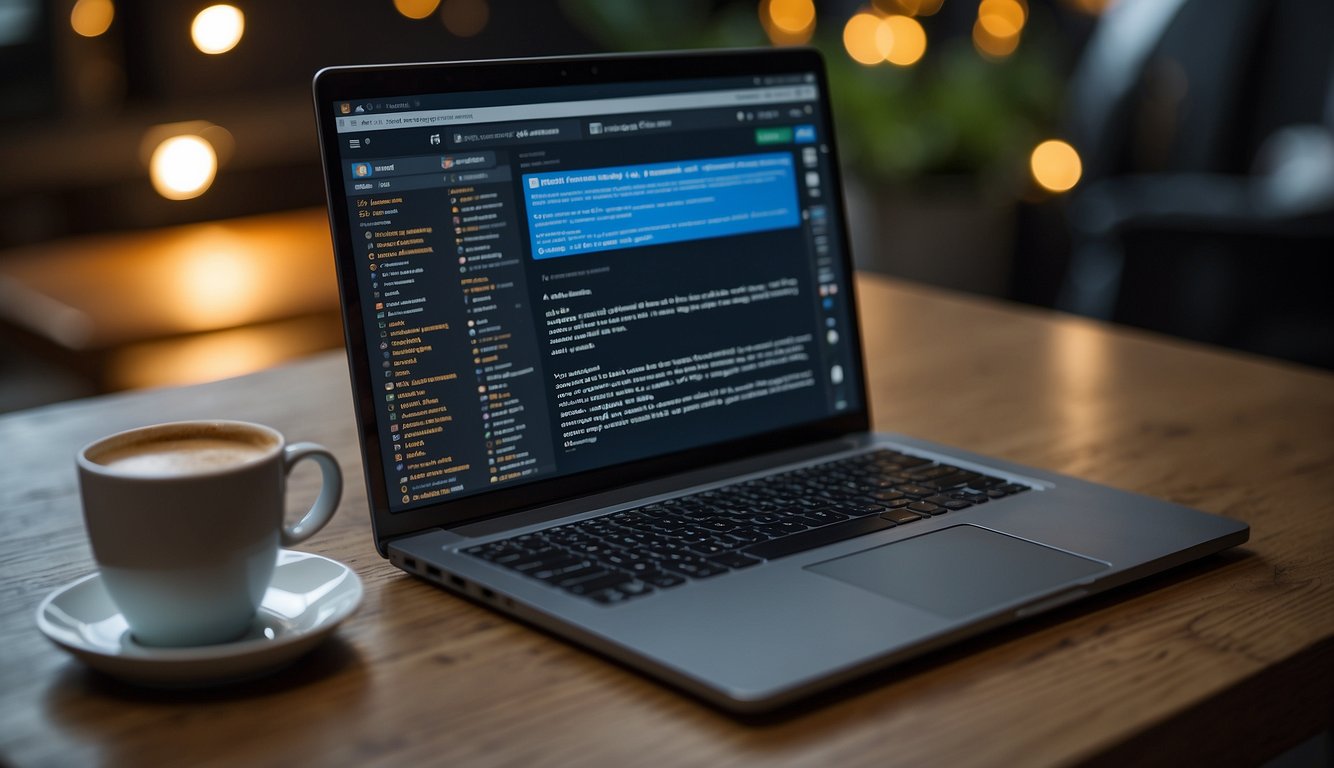
In my experience, mastering email etiquette is essential for clear communication and making a professional impression. From proofreading to writing cover letters, every detail contributes to your success.
Proofreading and Final Checks
Before I send an email, I always take the time to proofread. This isn’t just about checking for correct spelling; it’s about ensuring the entire message is clear and error-free. I follow a checklist: Is my subject line compelling and informative? Have I used professional salutations? Are my points concise? After reviewing these elements, I use tools like spell checkers to catch any lingering errors.
Writing Effective Cover Letters
A well-crafted cover letter sent via email can set me apart from other applicants. I start with a strong introduction, connecting my skills to the job requirements. I align my experiences with the company’s values, demonstrating that I’ve done my homework. It’s crucial to adhere to cover letter best practices: a professional greeting, a compelling opening paragraph, supporting examples in the body, and a call-to-action in the conclusion.
Creating a Lasting Impression
My emails always aim to leave a lasting, positive impression. Professionalism isn’t just about what I say, but also how I say it. I choose my words carefully to maintain a friendly yet respectful tone. I end my emails with phrases like “Looking forward to your response” or “Thank you for considering my request,” which show appreciation for the recipient’s time. Remember, building professional relationships starts with strong, respectful communication practices.
FAQ – Email Etiquette for Students
How should I address my instructor or professor in an email?
Begin with a formal salutation such as “Dear Dr. [Last Name],” “Professor [Last Name],” or “Mr./Ms. [Last Name].” If you’re unsure of their preferred title or pronoun, use a general greeting like “Dear [First Name Last Name]” or “Dear Instructor [Last Name].”
Is it necessary to use a formal tone in academic emails?
Yes, maintain a formal and polite tone throughout your email. Avoid slang, abbreviations, and overly casual language. Use complete sentences, proper grammar, and punctuation to convey respect and professionalism.
How can I make my email clear and concise?
State your purpose early in the email, ideally in the first sentence. Be direct and to the point, avoiding unnecessary details. Use paragraphs to organize your thoughts and bullet points for lists to enhance readability.
If you enjoyed reading about Email Etiquette for Students, check out our other articles:
- Bowling Etiquette 2024: Tips for Polite Play on the Lanes
- Surf Etiquette 2024: Key Rules for Sharing the Waves
- Tennis Etiquette 2024: Key Rules and Polite Play for Beginners
- Laundromat Etiquette 2024: Tips for a Harmonious Wash Day
Feel free to also check out our other Articles from the category “Etiquette & Manners“ and don’t forget to follow us on Pinterest.
